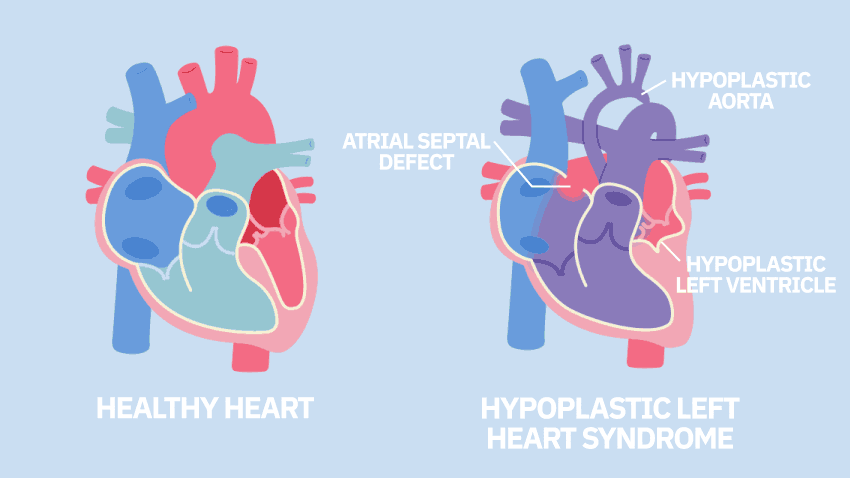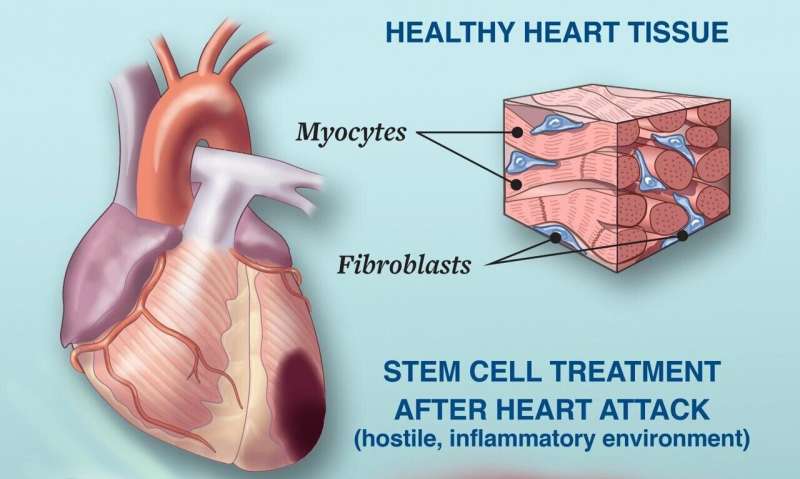Table of Contents
The authors keep in mind hurdles that stay, consisting of enhancing the engraftment success and cell survival. Since the ISCI and Miller School are leaders in this area, the writers also stress the need to standardize interpretations and results steps in the area. "The Hare Lab continues to be at the center of introducing new therapies in this important clinical domain name.
Currently we are checking out how to harness such stem cells to aid clients heal their very own broken hearts."The study is guided by the Cedars-Sinai Heart Institute, with the cooperation of the Johns Hopkins University, where Dr. Marbn functioned before signing up with Cedars-Sinai in 2007. The 24 clients taking part in the research have hearts that were damaged and marked by cardiac arrest.

It takes about 4 weeks for the cells to multiply to numbers enough for healing usage, about 10 to 25 million. In the 3rd and final action, the now-multiplied stem cells are re-introduced into the person's coronary arteries during a 2nd catheter treatment. All individuals in the research study had to have experienced cardiovascular disease within 4 weeks prior to enlisting in the research task.
Later this summertime, it is expected that 12 even more clients will certainly undergo procedures to obtain 25 million stem cells, while 6 additional people will certainly be kept track of as controls. The initial client, Kenneth Milles, a 39-year-old controller for a small building business in the San Fernando Valley, experienced a cardiovascular disease on May 10 as a result of a 99 percent blockage in the left former descending artery, a major artery of the heart.
The process to grow the cardiac-derived stem cells associated with the research study was developed by Marbn when he was on the faculty of Johns Hopkins College. The university has actually applied for a license on that copyright, and has certified it to a firm in which Dr. Marbn has a financial passion.

All financing was derived from the National Institutes of Health, the Donald W. Reynolds Structure and Cedars-Sinai Medical. Marbn holds The Mark Siegel Household Foundation Endowed Chair and Director of the Heart Institute.
Breakthroughs in stem cell therapy for Heart Failure and what patients are saying
Stem cell treatment for heart failing has actually emerged as a brand-new way to treat and take care of the core of the disease.
Nevertheless, stem cell therapy can assist to ease symptoms and enhance the heart's pumping ability. This treatment makes use of the capability of stem cells to self-regenerate and self-heal. Following the admission of stem cell shots for coronary infarction, numerous devices enter play: Stem cells for cardiac arrest advertise the development of specialized cardiac muscle mass cells and regenerate harmed tissue, improving the heart's pumping capability.
There are multiple kinds of stem cell therapy for cardiac arrest that have actually acquired approval complying with a lot of research study. These are sorts of adult stem cells that are acquired from bone marrow, fat tissue, and skin cells. They have cell regenerative and anti-inflammatory properties. These are the most usual and well-researched kinds of stem cells.
These are gotten from embryos and have the pluripotent capacity to change into any type of sort of cells, including cardiac ones. The main problem with these cells is that, as they are drawn from embryos, they have numerous honest and lawful restrictions and are only made use of in specific situations. for the factors discussed above.
Is stem cell therapy for Arrhythmias and real results
These cells originate in the heart and are well-suited to cardiac repair service. Clinical Consultant, Swiss Medica physician The application and therapy of stem cell treatment consists of 5 steps: People start with an on the internet examination with our clinical expert and are after that assessed by a cardiologist, who will certainly get the essential medical background, execute blood examinations, and demand imaging studies to determine whether stem cell therapy for heart failing is a viable option.
We administer stem cells with pain-free stem cell shots for heart disease. A very educated physician will certainly inject refined stem cells into the bloodstream; the entire treatment takes much less than an hour. After ending up the heart disease stem cell therapy procedures, our individuals will certainly be monitored for any difficulties and end results.
Navigation
Latest Posts
New hope for Heart Failure using stem cells
Breakthroughs in stem cell therapy for Heart Disease — what the science says
New hope for Arrhythmias using stem cells